
Data Science for Marketing Analytics. A practical guide to forming a killer marketing strategy through data analysis with Python - Second Edition Mirza Rahim Baig, Gururajan Govindan, Vishwesh Ravi Shrimali
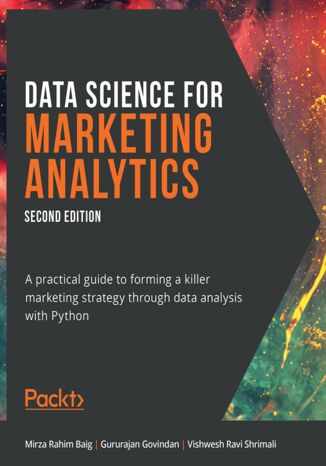



- Autorzy:
- Mirza Rahim Baig, Gururajan Govindan, Vishwesh Ravi Shrimali
- Wydawnictwo:
- Packt Publishing
- Ocena:
- Stron:
- 636
- Dostępne formaty:
-
PDFePubMobi
Opis
książki
:
Data Science for Marketing Analytics. A practical guide to forming a killer marketing strategy through data analysis with Python - Second Edition
This book will help you get started on your journey to becoming a master of marketing analytics with Python. You'll work with relevant datasets and build your practical skills by tackling engaging exercises and activities that simulate real-world market analysis projects.
You'll learn to think like a data scientist, build your problem-solving skills, and discover how to look at data in new ways to deliver business insights and make intelligent data-driven decisions.
As well as learning how to clean, explore, and visualize data, you'll implement machine learning algorithms and build models to make predictions. As you work through the book, you'll use Python tools to analyze sales, visualize advertising data, predict revenue, address customer churn, and implement customer segmentation to understand behavior.
By the end of this book, you'll have the knowledge, skills, and confidence to implement data science and machine learning techniques to better understand your marketing data and improve your decision-making.
Wybrane bestsellery
Mirza Rahim Baig, Gururajan Govindan, Vishwesh Ravi Shrimali - pozostałe książki
Packt Publishing - inne książki
Dzięki opcji "Druk na żądanie" do sprzedaży wracają tytuły Grupy Helion, które cieszyły sie dużym zainteresowaniem, a których nakład został wyprzedany.
Dla naszych Czytelników wydrukowaliśmy dodatkową pulę egzemplarzy w technice druku cyfrowego.
Co powinieneś wiedzieć o usłudze "Druk na żądanie":
- usługa obejmuje tylko widoczną poniżej listę tytułów, którą na bieżąco aktualizujemy;
- cena książki może być wyższa od początkowej ceny detalicznej, co jest spowodowane kosztami druku cyfrowego (wyższymi niż koszty tradycyjnego druku offsetowego). Obowiązująca cena jest zawsze podawana na stronie WWW książki;
- zawartość książki wraz z dodatkami (płyta CD, DVD) odpowiada jej pierwotnemu wydaniu i jest w pełni komplementarna;
- usługa nie obejmuje książek w kolorze.
Masz pytanie o konkretny tytuł? Napisz do nas: sklep@helion.pl
Książka drukowana






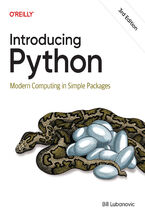



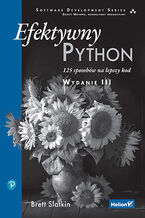



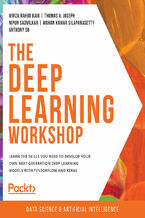
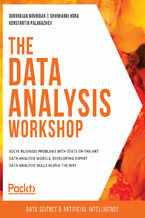
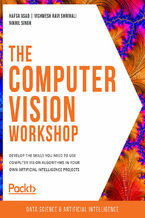
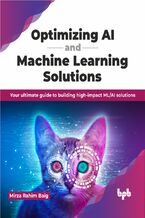
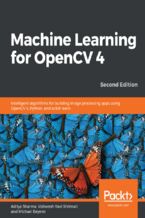





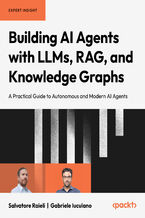
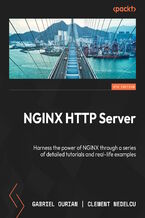
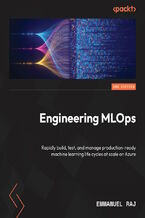

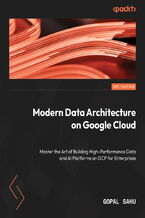

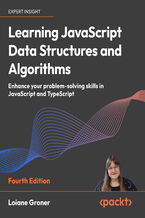
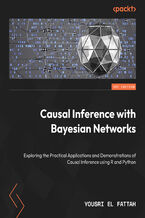





Oceny i opinie klientów: Data Science for Marketing Analytics. A practical guide to forming a killer marketing strategy through data analysis with Python - Second Edition Mirza Rahim Baig, Gururajan Govindan, Vishwesh Ravi Shrimali
(0)